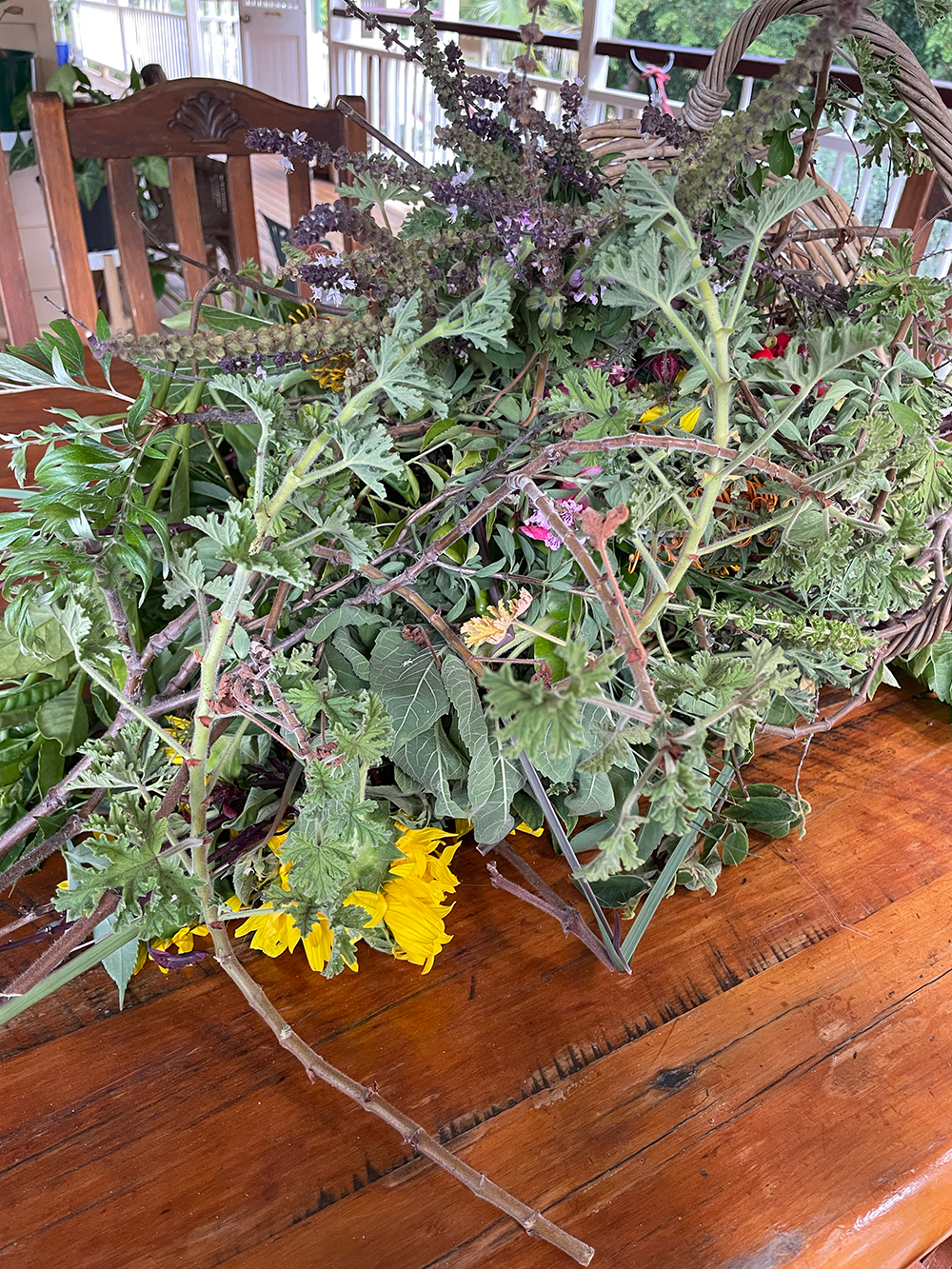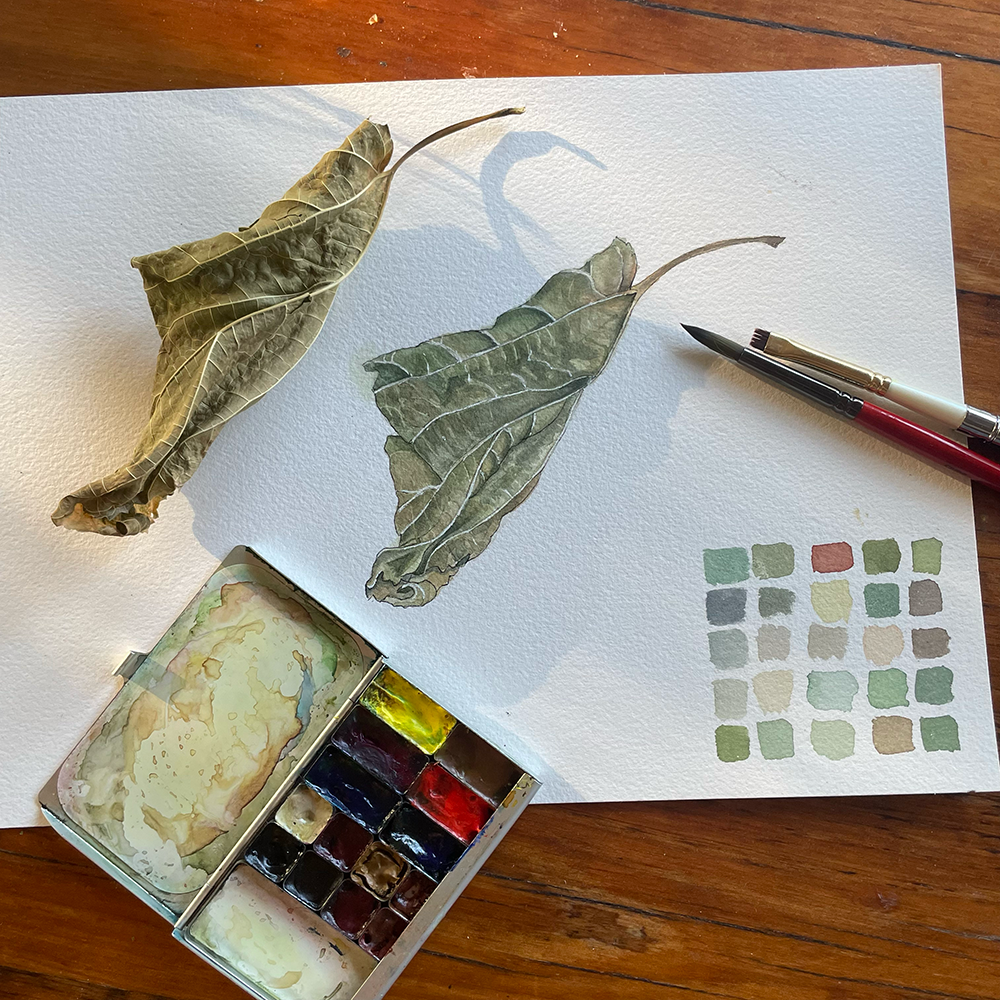Beauty in decay
We are often drawn to the vibrant colours of newly opened flowers, or the rich greens of new leaves, but there is a unique and often overlooked beauty that can be found in the slow, gradual process of decay. As I write this I realise that the word decay has a lot of negative connotations but I cannot think of a word with the same meaning that could add a more positive note…decomposition; degeneration; deterioration…all these synonyms carry the same weight and meaning. But this process, the process of decay, is totally natural, essential and beautiful!
I recently walked through the garden of a green-thumbed friend and she piled a basket with cuttings for me to take for my own garden. There was rose geranium, cranberry hibiscus, kaffir lime, elderflower, perennial spinach, and, the cuttings I was most excited about, white mulberry. Mulberries were a big part of my childhood. We used to pick buckets of them and bring them home for Mum to bake into pies. The white mulberry is a variety I have never had before so I was excited to try to grow it in my garden. My friend told me how to care for each of the cuttings and I planted the mulberry stems in pots and watered them well. A few days later it was obvious they were not going to make it! The stems were still upright but the leaves were drooping and drying. I was disappointed about the plants but I noticed right away that the leaves looked so beautiful as they started to curl and change colour. The veins on the leaves were becoming more prominent as the drying leaves turned a mottled khaki.
I have had the same experience with cut flowers, that as they start to dry and change, their beauty is even more striking. It is easy and obvious to love the colour-pop of a bright yellow bunch of sunflowers, but there is also a lovely allure in the changes that come next - the yellow that turns to cream and the plump petals that start to bend and wither. We are trained to see beauty in the new and fresh, but the changes that come as a plant (or human for that matter) ages, can be utterly stunning.
I was moved to sketch the trying mulberry leaves in my nature journal. You can watch a little video of this process over on YouTube or click to play the video below.
I would really love to hear your thoughts on seeing beauty in the process of decay. Firstly, can you think of a better word, or do we just have to change our view of it?! Secondly, do you have examples of seeing the beauty of these changes and putting them in your nature journal? I would love to hear about it. Please comment below with your experiences.



